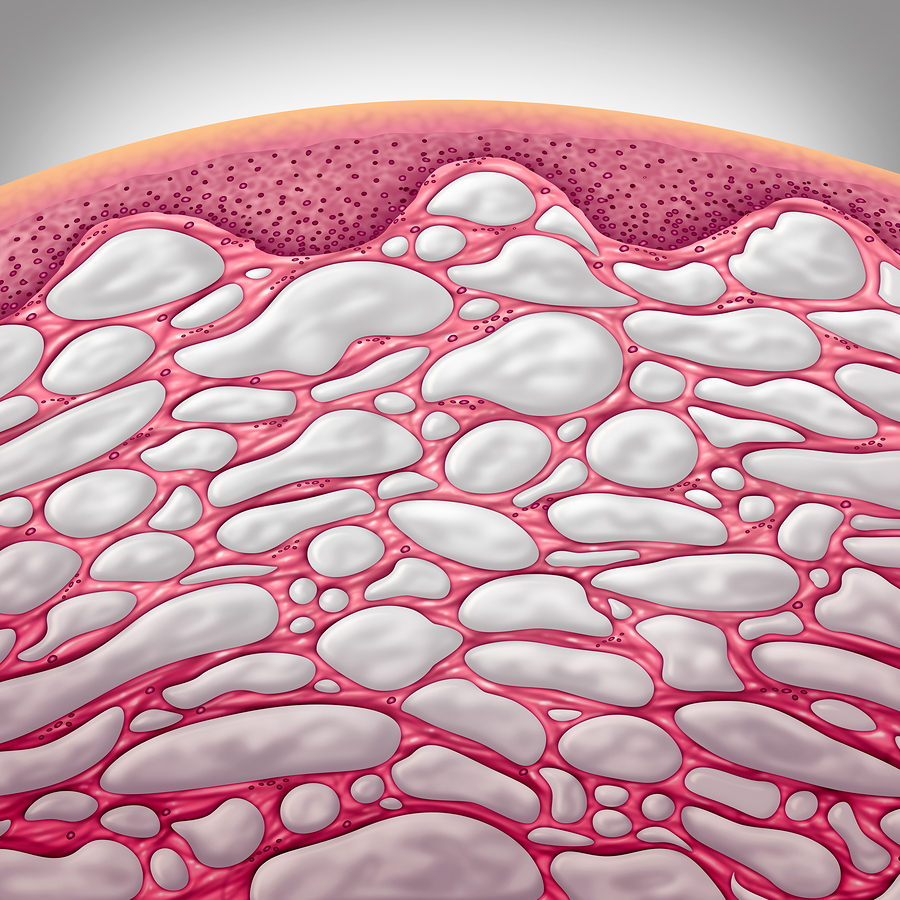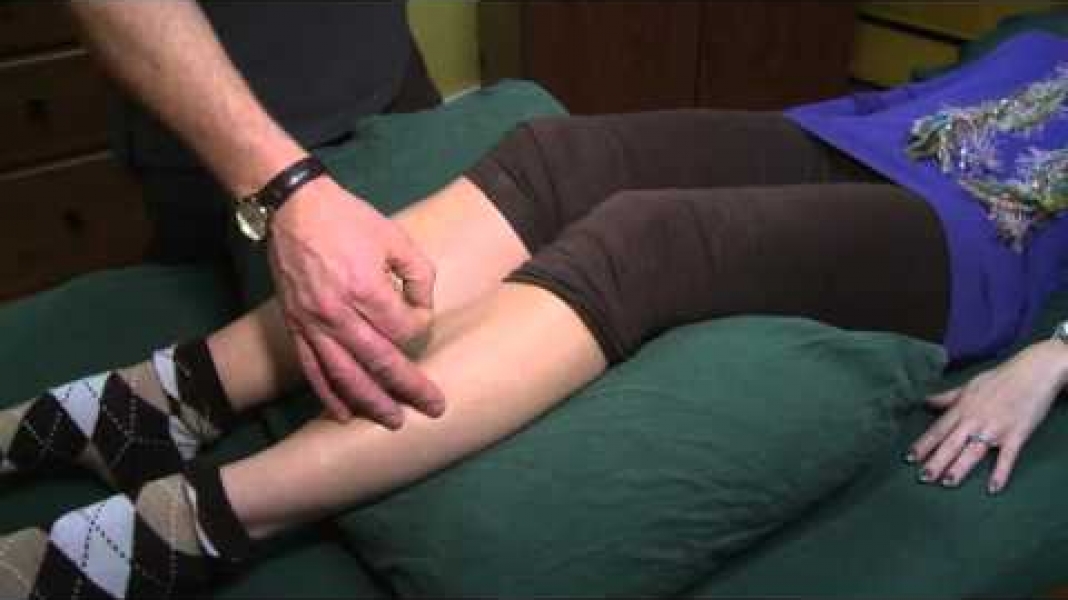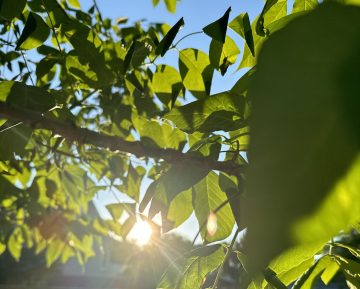
connective tissue with fibroblasts and spaces
I had the opportunity to meet Dr. Langevin when I was in acupuncture school 15 years ago, when I attended an international research conference in the USA. I was so impressed with the rigor with which she brought her investigation into the micro-anatomy of what was actually happening at the level of the tissues with acupuncture. Since then she has advanced our understanding of how important connective tissue is in pain and inflammation, but also advanced what we know about the mechanism of how acupuncture and other therapeutic modalities.
We have blogged about this before, regarding how important the connective tissue is, not only to health and function of the body, but is the matrix by which traditional acupuncture points have their effect. See the Connective tissue connection blog and connective tissue rediscovered blog. Acupoints are actually mostly right in this white fibrous, gooey connective tissue which lies between muscles. The points we do right in the muscles, which are located identically as the modern day “trigger points”, to oriental medicine were known as AhShi points (loosely translated as “ouch there!”).
Unfortunately, some therapists call these muscle acupuncture only “IMS”, or “dry-needling”, and say that it is not acupuncture. Perhaps this is to distance themselves from oriental medicine; indeed, I understand the desire to focus on scientific models, but this often causes confusion to the public. Clients come to me and say sometimes that they had IMS from their physiotherapist which was deeper and more vigorous — this is not true. In fact we all use the same “dry”, sterile acupuncture needles, and the muscle acupuncture is a particular and specific branch of oriental acupuncture. The stimulation of the muscles are well described with a correct and safe depth whether you call it IMS or acupuncture, and is as vigorous as need be to get the effect of releasing or activating the muscle. We find the use of more gentle, low frequency electro-stimulation on the needle is more effective and longer lasting than vigorous needling techniques anyhow – and it is better tolerated by clients! Electro-acupuncture is the preferred and most effective method as taught in the McMaster program of medical acupuncture. See our previous blog about IMS here.
Below is a wonderful video interview with Dr. Lagnevin who describes her research with connective tissue and acupuncture.




